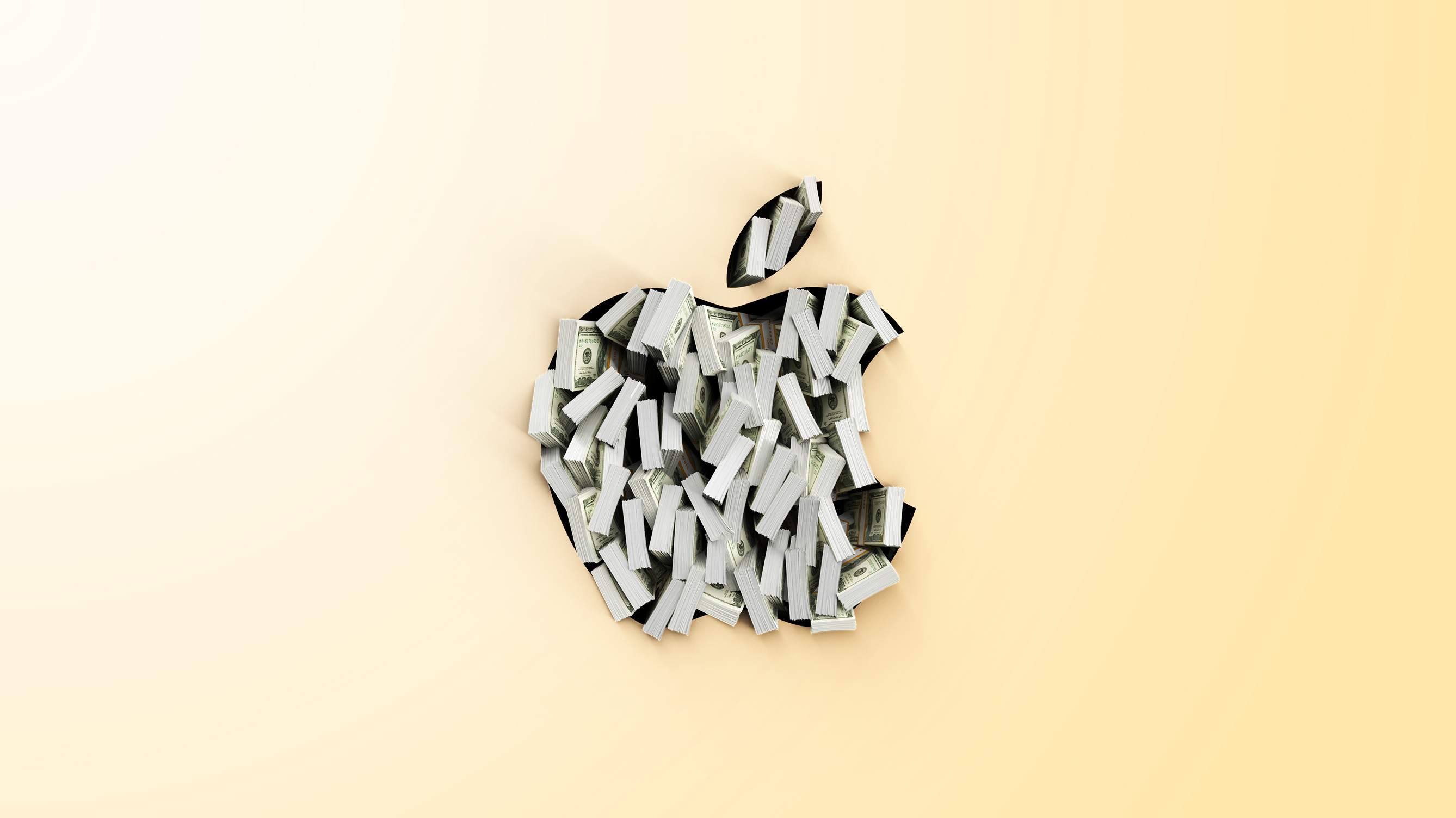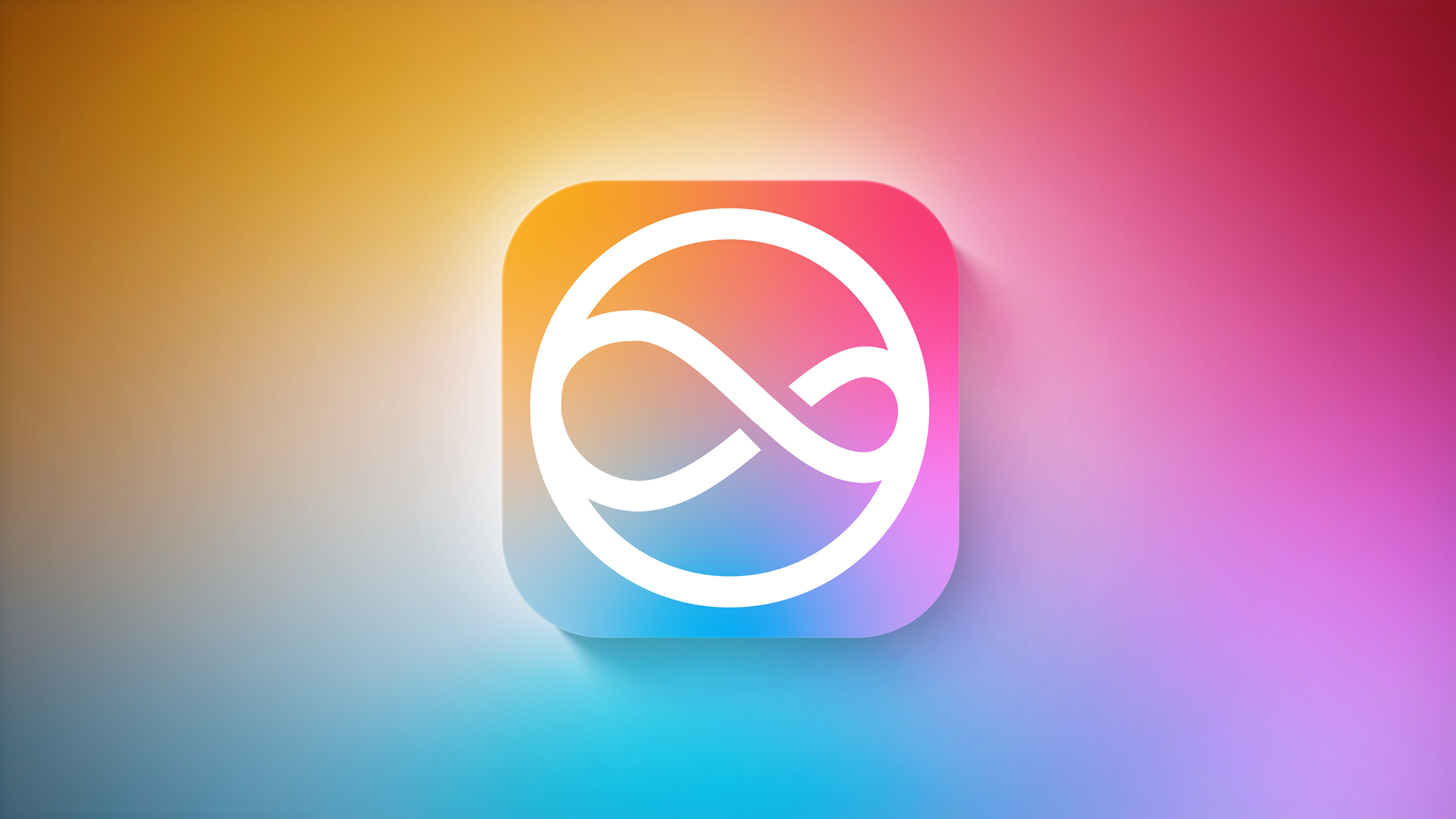iPhone 14 Pro Max drop test goes about as well as you’d expect
Apple’s iPhone 14 Pro Max did not escape unscathed in a recent drop test versus Samsung’s Galaxy S22 Ultra and may have new owners of Apple’s flagship phones shopping for cases.
A major caveat here. YouTuber PhoneBuff’s new iPhone 14 Pro Max CVS Galaxy S22 UYltra Drop Test was sponsored by – you guessed it – case maker Casetify. A result where neither phone survives is, obviously, in the case maker’s best interest. Even so, we’ve seen drop tests of previous iPhones that employ the similar kinds of drop apparatus, distance to ground, and battery of tests. The results we saw were not surprising but are also a good reminder that these are metal devices wrapped in glass – strengthened glass – but glass nonetheless.
As for the tests, PhoneBuff put an iPhone 14 Pro Max, Samsung Galaxy S22 Ultra, and one more iPhone 14 Pro Max in, naturally, a Casetifiy case, through the same series of drop tests from a distance of 1.5 meters from the ground.
PhoneBuff first dropped the phones on their backs, then positioned them so they landed on one corner, and then did another drop where the phones landed on their screens.
The results were, to be charitable, mixed.
In the first drop, the back of the iPhone 14 Pro Max shattered, though all the glass remained attached to the phone. Notably, the iPhone 14 Pro Max’s larger camera array also suffered some damage, though the cameras still functioned properly.
Samsung’s Galaxy S22 Ultra also cracked, though it didn’t look as bad as the iPhone.
Both phones handled the corner drop pretty well, though the Galaxy S22 Ultra’s aluminum body looked a little more beat up than the iPhone 14 Pro Max’s steel band.
A drop on the face or screen of the devices cracked a corner of the iPhone 14 Pro Max, while the Galaxy S22 Ultra’s screen looked more significantly damaged.
A final drop from the same distance, but onto steel sent pieces of the iPhone 14 Pro Max’s back glass flying, though it remained functional. The S22 Ultra’s display ended up with some dead pixels in one corner.
The results don’t surprise us.
While TechRadar is not in the habit of purposely dropping phones to test them, I have accidentally dropped an unprotected iPhone 14 Pro Max from a distance of 24 inches onto the floor without breaking it. And I memorably let a Samsung Galaxy S22 Ultra drop (while in a case) from a distance of four feet onto a tiled floor.
In that instance, the Galaxy S22 Ultra screen did crack (it was such a clean break that I didn’t notice it immediately). The phone still functions perfectly to this day.
What’s going on here?
While we’re no experts in drop science, we do know that there are differences in iPhone 14 Pro Max and Galaxy S22 construction that could help explain some of PhoneBuff’s and even our own results.
In the case of that shattered back on the iPhone 14 Pro Max, it’s worth noting that Apple does not use the same material on the front and back of the device. The back is made of dual-ion glass. It might be considered similar to the Gorilla Glass Victus used on the back of the Samsung Galaxy S22 Ultra. Neither glass held up all that well in a five-and-a-half-foot drop onto concrete.
On the front of Apple’s iPhone 14 Pro Max (and the rest of the iPhone 14 line) is Apple’s Ceramic Sheild. This is material infused with ceramic crystals. In PhoneBuff’s tests, the iPhone 14 Pro Max’s screen held up better in face-down tests. This might be due to the Ceramic Shield. Granted, the glass still cracked, but only in one section. The Samsung Galaxy S22 Ultra Gorilla Glass Victus-covered display suffered more significant damage in the drop.
Look, this is one test of the iPhone 14 Pro Max (and Samsung Galaxy S22 Ultra) conducted by a company paid by a case manufacturer. On the other hand, if you just paid $1,099 / £1,199 / AU$1,899 or more for an iPhone 14 Pro Max, it couldn’t hurt to also buy a case.
We’d start by looking at this list of best iPhone 14 Pro cases.




